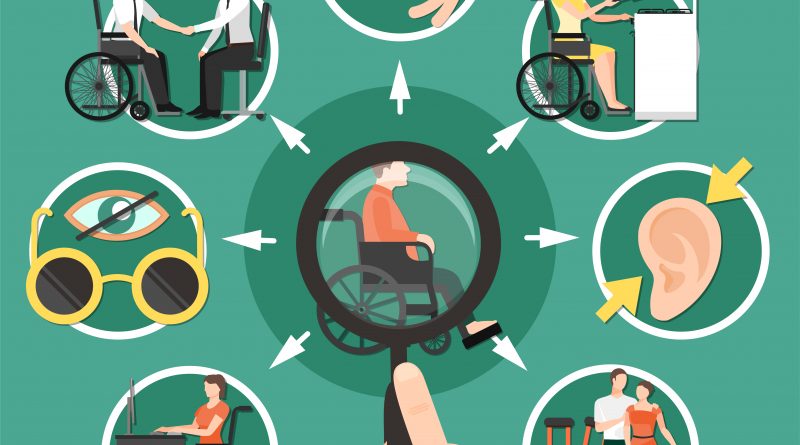DISABILITY THE WAY FORWARD
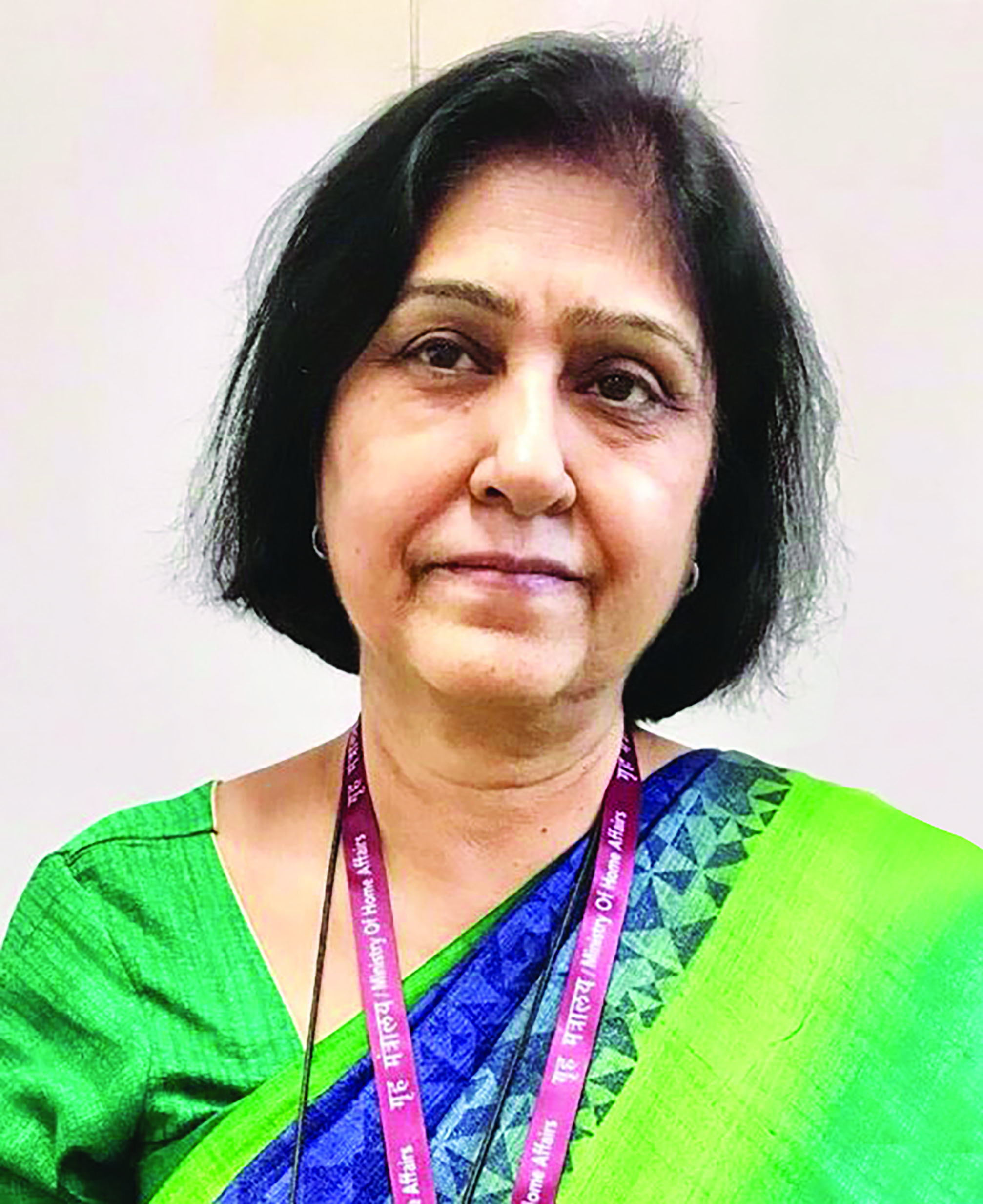 Disability is now understood to be a human rights issue. People are disabled by society, not just by their bodies. These barriers can be overcome if governments, nongovernmental organizations, professionals and people with disabilities and their families work together……
Disability is now understood to be a human rights issue. People are disabled by society, not just by their bodies. These barriers can be overcome if governments, nongovernmental organizations, professionals and people with disabilities and their families work together……
By Dr, Suneela Garg
People with disabilities are among the most marginalized groups in the world. People with disabilities have poorer health outcomes, lower education achievements, less economic participation and higher rates of poverty than people without disabilities. They also report seeking more health care, have greater unmet needs and are particularly vulnerable to deficiencies in health care services.
Any restriction or lack of ability to perform an activity in a manner or within the range considered normal for the human beings, resulting from impairment is termed as disability. Impairment concerns the physical aspects of health; disability is the loss of functional capacity resulting from an impaired organ; handicap is a measure of the social and cultural consequences of an impairment or disability. The types of disability include locomotor, hearing, speech, visual and mental disability.
A recent development is the International Classification of Functioning, Disability and Health (ICF) developed by WHO in 2000. The ICF defines disability as an umbrella term for impairments, activity limitations and participation restrictions. Disability is the interaction between individuals with a health condition (e.g. cerebral palsy, Down syndrome and depression) and personal and environmental factors (e.g. negative attitudes, inaccessible transportation and public buildings, and limited social supports).
Global scenario:
The WHO’s Global Burden of Disease study starts with the preva¬lence of diseases and injuries and distributions of limitations in functioning – where available – in different regions of the world, and then estimates the severity of related disability.The analysis of the Global Burden of Disease 2004 data for the World Report on Disability estimates that 15.3% of the world population (some 978 million people of the estimated 6.4 billion in 2004) had “moderate or severe disability”, while 2.9% or about 185 million experienced “severe dis¬ability”. Among those aged 0–14 years, the figures were 5.1% and 0.7%, or 93 million and 13 million children, respectively. Among those 15 years and older, the figures were 19.4% and 3.8%, or 892 million and 175 million, respectively.
According to Census 2011, over 26 million people in India as suffering from one or the other kind of disability. This is equivalent to 2.21% of the population. Among the total disabled in the country, 15 million are males (2.41%) and 11.8 million are females (2.01%). There is a slight increase in disability among both sexes over the past decade.
Among the eight types of disabilities on which data has been collected, the prominent ones are related to movement (20.3%), hearing (18.9%) and seeing (18.8%). The disabled by sex follow a similar pattern exceptin visual and hearing disabilities where the proportion of disabled females is higher.
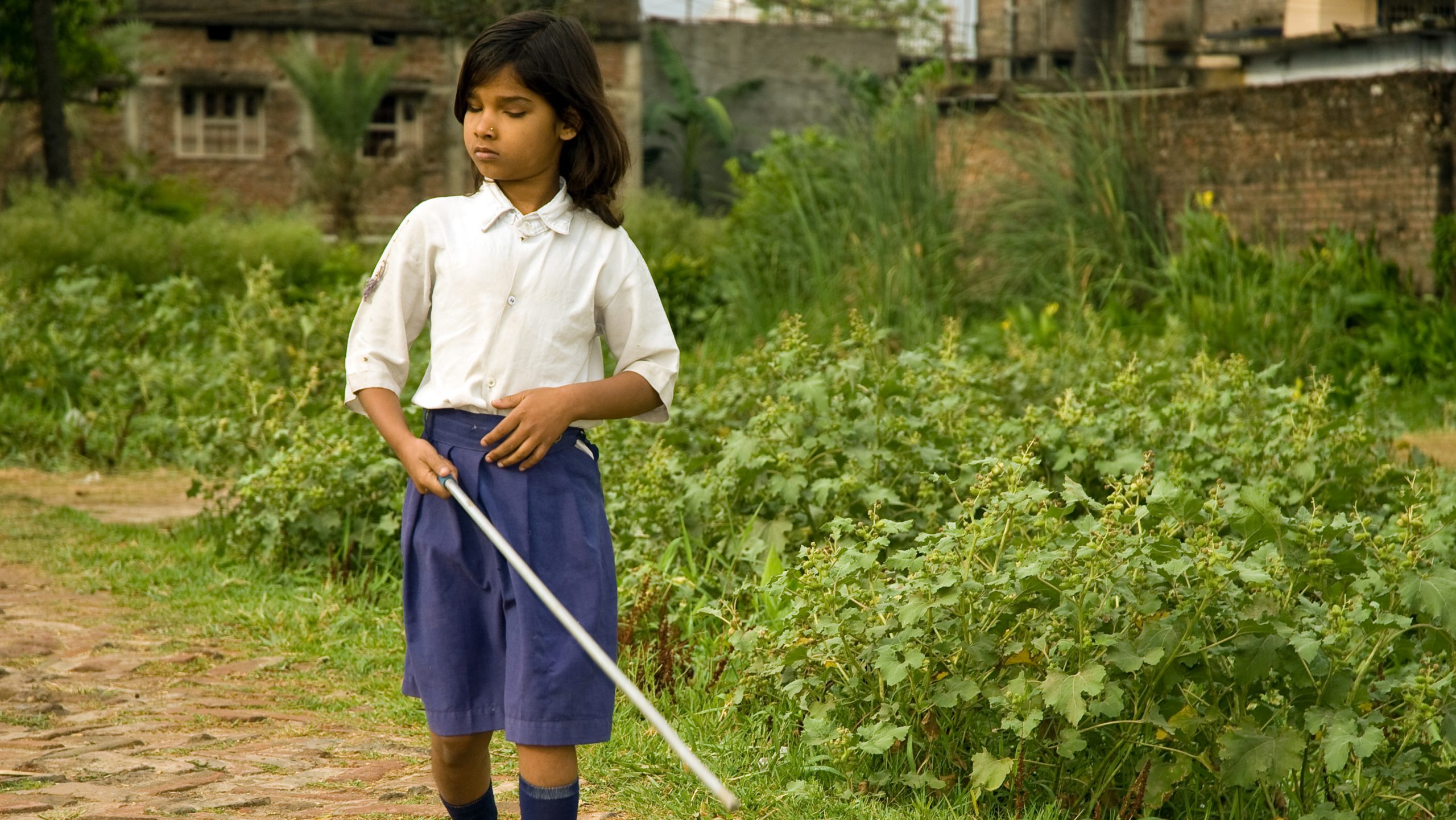 Disability in children:
Disability in children:
The functioning of a child should be seen not in isolation but in the context of the family and the social environment. Children under age 5 in developing countries are exposed to multiple risks, including poverty, malnutrition, poor health, and unstimulating home environ¬ments, which can impair cognitive, motor, and social-emotional development. Children screening positive for increased risk of dis¬ability are less likely to have been breastfed or to have received a vitamin A supplement. As the severity of stunting and being underweight increases, so does the proportion of children screening positive for risk of disability. An estimated 200 million children under age 5 fail to reach their potential in cognitive and social-emotional development.90% of children with disabilities in developing countries do not attend school, according to UNESCO.
Disability in youth:
Adolescents and youth with disabilities are among the neediest and most overlooked of all the world’s children.In the developing countries this figure is between 75 and 150 million, with significant increase in their numbers predicted over the next few decades. Young people are at a greater risk of acquiring a disability due to work related injuries, risk taking behaviour such as extreme sports, motor vehicle accidents, experimentations with drugs, unprotected sex, and indeed through violence and warfare.
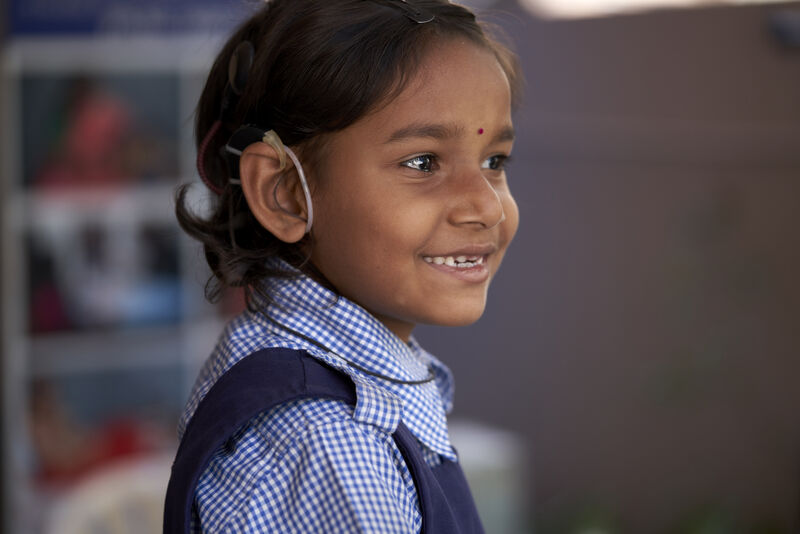 Disability in women:
Disability in women:
Women with disabilities are recognized to be multiply disadvantaged, experiencing exclusion on account of their gender and their disability. Women with disabilities are more likely to be victims of violence or rape, according to a 2004 British study, and less likely to obtain police intervention, legal protection or preventive care.A small 2004 survey in Orissa, India, found that virtually all women and girls with disabilities were beaten at home while 25% of women with intellectual disabilities had been raped and abused.
Disability in elderly:
Global ageing has a major influence on disabil¬ity trends. Higher disability rates among older people reflect an accumulation of health risks across a lifespan of disease, injury, and chronic illness.Older people are disproportionately repre¬sented in disability populations. Rates of disability are much higher among those aged 80 to 89 years, the fastest-growing age cohort worldwide, increasing at 3.9% a year and projected to account for 20% of the global population 60 years or older by 2050.
How are the lives of people with disabilities affected?
People with disabilities are particularly vulnerable to deficiencies in health care services.
a) Secondary conditions – Secondary conditions occur in addition to (and are related to) a primary health condition, and are both predictable and therefore preventable. Examples include pressure ulcers, urinary tract infections, osteoporosis and pain.
b) Co-morbid conditions – Co-morbid conditions occur in addition to (and are unrelated to) a primary health condition associated with disability. For example the prevalence of diabetes in people with schizophrenia is around 15% compared to a rate of 2-3% for the general population.
c) Age-related conditions – The ageing process for some groups of people with disabilities begins earlier than usual. For example some people with developmental disabilities show signs of premature ageing in their 40s and 50s.
d) Engaging in health risk behaviours – Some studies have indicated that people with disabilities have higher rates of risky behaviours such as smoking, poor diet and physical inactivity.
e) Higher rates of premature death – Mortality rates for people with disabilities vary depending on the health condition. However an investigation in the United Kingdom found that people with mental health disorders and intellectual impairments had a lower life expectancy.
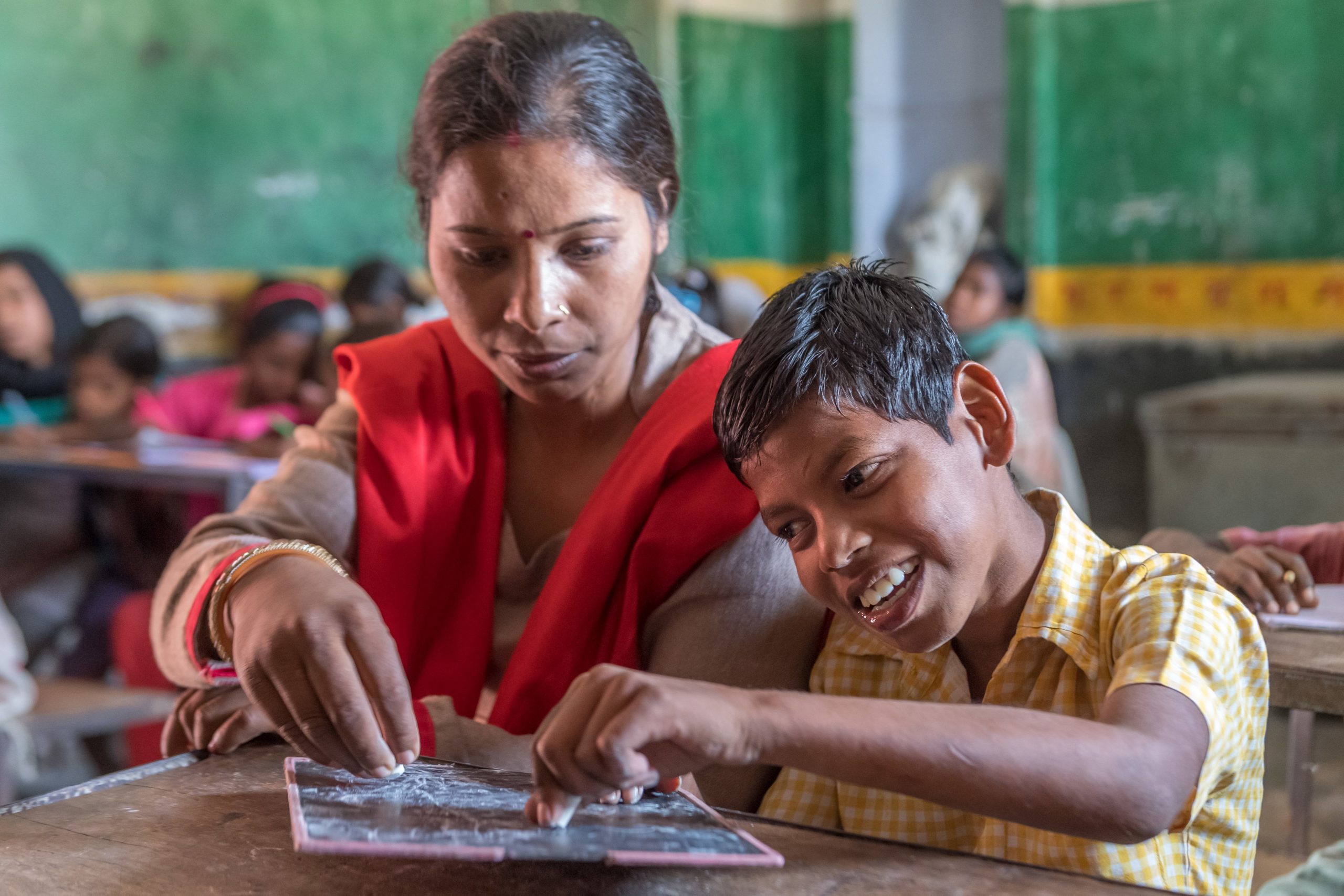 Barriers to health care:
Barriers to health care:
a) Prohibitive costs – Affordability of health services and transportation are two main reasons why people with disabilities do not receive needed health care in low-income countries.
b) Limited availability of services – The lack of appropriate services for people with disabilities is a significant barrier to health care. For example, research in Uttar Pradesh and Tamil Nadu states of India found that after the cost, the lack of services in the area was the second most significant barrier to using health facilities.
c) Physical barriers – Uneven access to buildings, inaccessible medical equipment, poor signage, inadequate bathroom facilities, and inaccessible parking areas create barriers to health care facilities.
d) Inadequate skills and knowledge of health workers – People with disabilities were more than twice as likely to report finding health care provider skills inadequate to meet their needs, four times more likely to be treated badly and nearly three times more likely to be denied care.
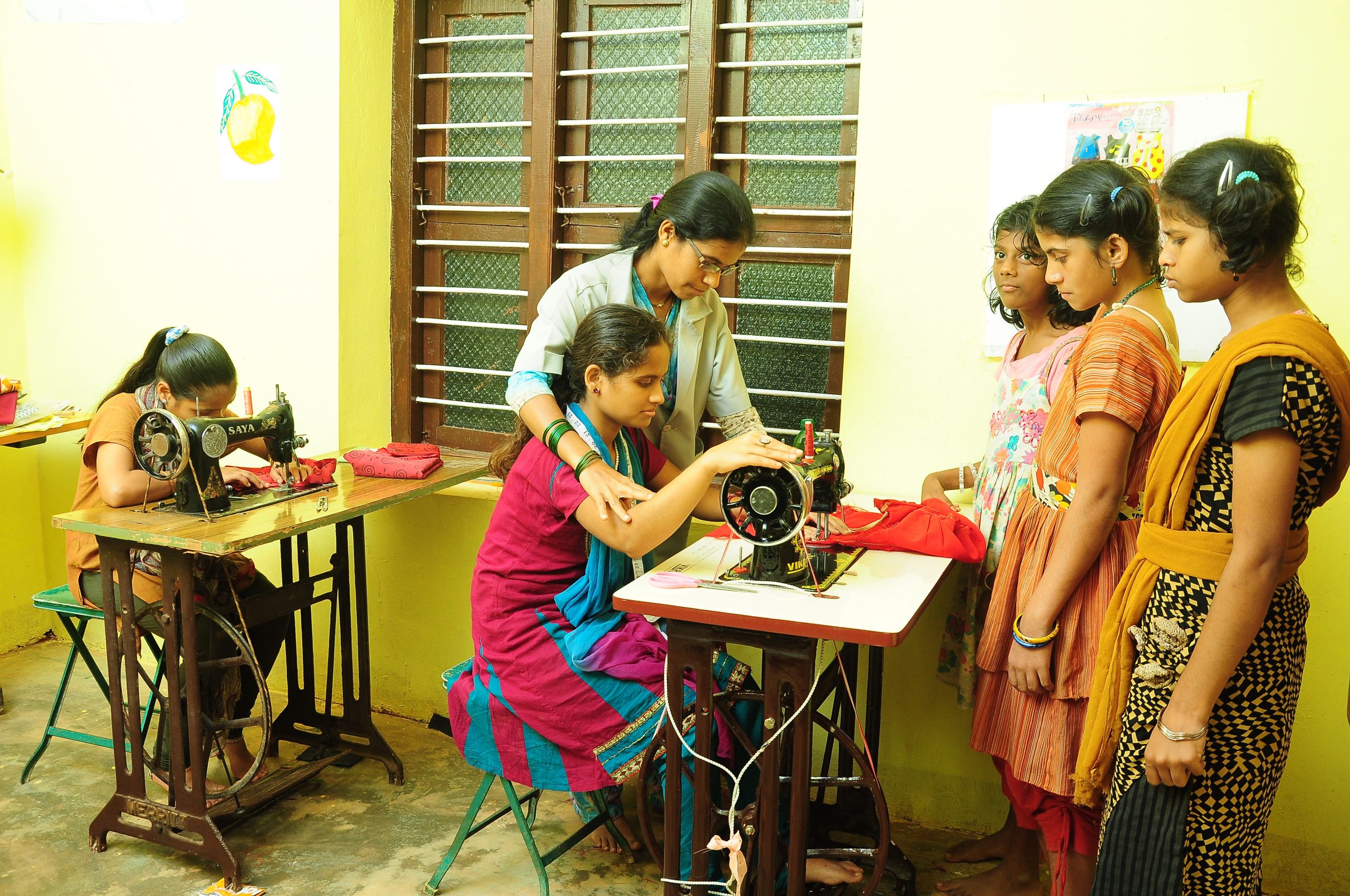 Strategies:
Strategies:
a) Enable access to all mainstream systems and services -Mainstreaming is the process by which governments and other stakeholders address the barriers that exclude persons with disabilities from participating equally in any service intended for the general public, such as education, health, employment, etc. This requires changes to laws, policies, institutions and environments.
b) Invest in programmes and services for people with disabilities -Some people with disabilities may require access to specific measures, such as rehabilitation, support services, or vocational training, which can improve functioning and independence and foster participation in society.
c) Adopt a national disability strategy and plan of action -All sectors and stakeholders should collaborate on a strategy to improve the well-being of people with disabilities. This will help improve coordination between sectors and services.
d) Involve people with disabilities -In formulating and implementing policies, laws and services, people with disabilities should be consulted and actively involved. At an individual level, persons with disabilities are entitled to have control over their lives and therefore need to be consulted on issues that concern them directly.
e)Improve human resource capacity -Human resource capacity can be improved through effective education, training and recruitment. For example training of health professionals, architects and designers should include relevant content on disability and be based on human rights principles.
f) Provide adequate funding and improve affordability -Adequate and sustainable funding of publicly provided services is needed to remove financial barriers and ensure good quality.
g) Increase public awareness and understanding about disability -Mutual respect and understanding contribute to an inclusive society. It is vital to improve public understanding of disability, confront negative perceptions, and represent disability fairly.
h) Improve the availability and quality of data on disability -Data need to be standardized and internationally comparable to benchmark and monitor progress on disability policies and on the implementation of the CRPD nationally and internationally. At the national level, dedicated disability surveys can also be carried out to gain more comprehensive information.
Strengthen and support research on disability -Research is essential for increasing public understanding about disability, informing disability policy and programmes, and efficiently allocating resources. More research is needed, not just about the lives of people with disabilities, but also about social barriers, and how these can be overcome..
(The author is former HOD, Department of Community Medicine, Maulana Azad Medical College, New Delhi)

